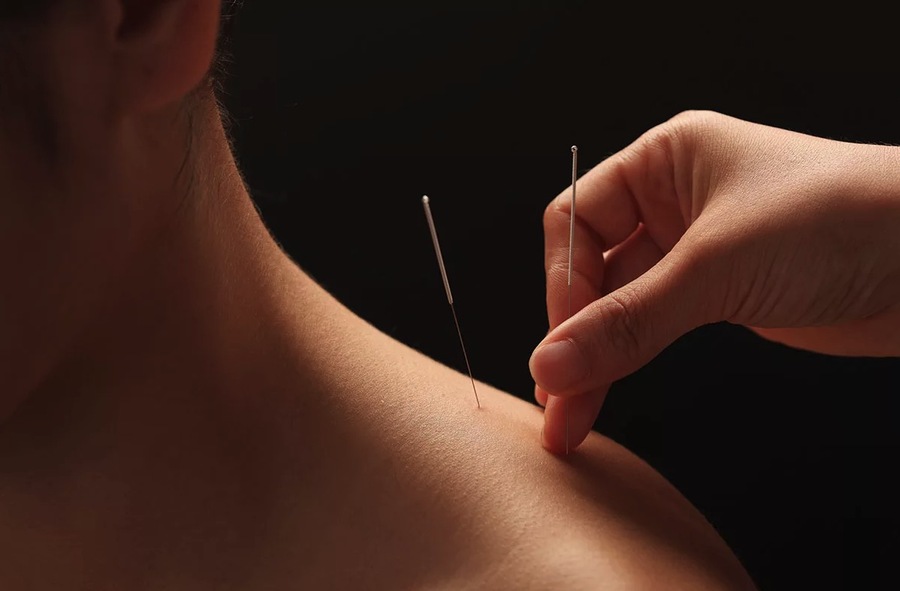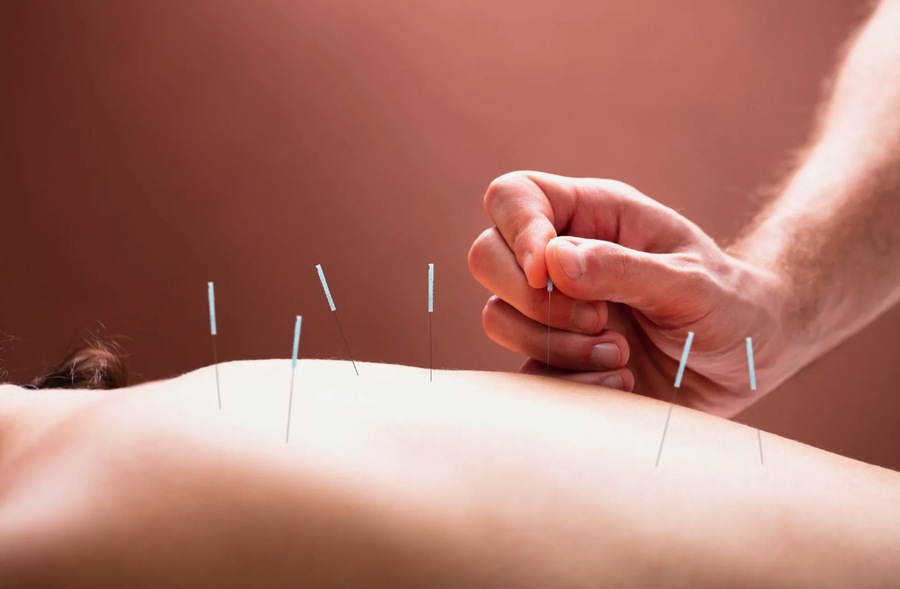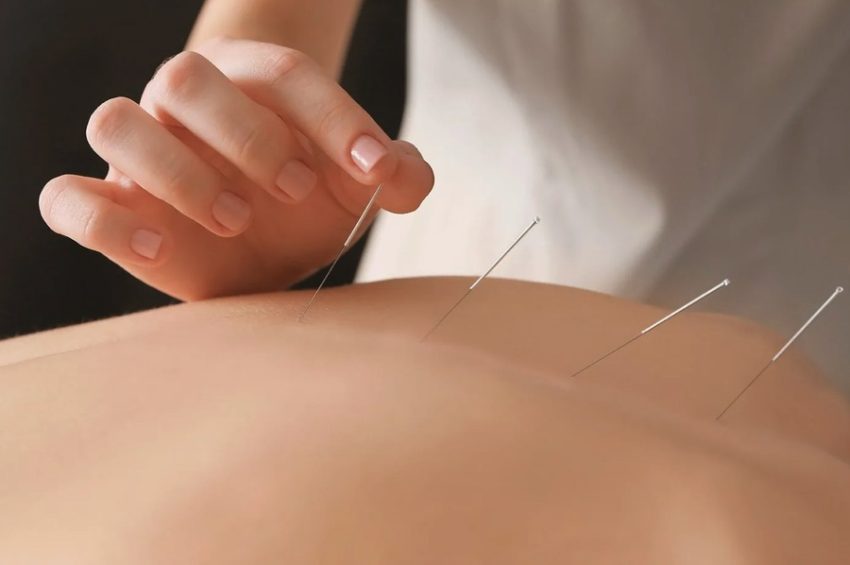Acupuncture is a traditional Chinese medicine technique that involves inserting thin needles into specific points on the body to promote healing and alleviate pain. These points, known as acupuncture points or acupoints, are believed to be connected by pathways called meridians, which facilitate the flow of vital energy, or “Qi.” The practice aims to restore balance and harmony within the body, which is thought to improve overall health and well-being. Despite the fact that acupuncture is actively gaining popularity in the UAE, today not every clinic in Dubai can offer this service in high-quality performance.
History of Acupuncture: Emergence and Development
Acupuncture has a rich history that dates back over 2,500 years, with its origins rooted in ancient China. The earliest references to acupuncture can be found in texts from the Han Dynasty (206 BCE – 220 CE), particularly in the “Huangdi Neijing” (The Yellow Emperor’s Classic of Internal Medicine). This seminal work laid the foundation for traditional Chinese medicine, including the theories of Qi, meridians, and acupuncture points.
Over the centuries, acupuncture evolved and spread to other parts of Asia, including Korea, Japan, and Vietnam, each developing its unique variations. In the 6th century, acupuncture began to gain recognition in Europe, largely due to the influence of traveling scholars and the translation of Chinese medical texts.
In the 20th century, acupuncture’s popularity surged in the West, particularly after U.S. President Richard Nixon’s visit to China in 1972. During this visit, a member of his delegation received acupuncture treatment for post-surgical pain, sparking widespread interest and leading to increased research and acceptance of the practice in Western medicine.

Methods of Acupuncture
Traditional Chinese Acupuncture
Traditional Chinese acupuncture involves inserting thin needles into specific acupoints along the body’s meridians to balance the flow of Qi. Practitioners may also use techniques such as moxibustion (burning herbs near the skin), cupping (placing heated cups on the skin), and electro-acupuncture (applying a mild electric current to the needles) to enhance the effects.
Japanese Acupuncture
Japanese acupuncture is characterized by its gentle needle insertion technique and the use of thinner needles. Practitioners often rely on palpation (feeling the body with the hands) to locate acupoints and determine treatment areas. This method is known for its subtle and precise approach, making it suitable for patients sensitive to pain.
Korean Acupuncture
Korean acupuncture, also known as “Saam acupuncture,” emphasizes balancing the body’s organ systems. Practitioners use a unique system of points and techniques to diagnose and treat imbalances. Additionally, Korean hand acupuncture focuses on stimulating acupoints on the hands, which correspond to different body parts.
Auricular Acupuncture
Auricular acupuncture, or ear acupuncture, involves inserting needles into specific points on the ear. This method is based on the idea that the ear represents a microsystem of the entire body. It is commonly used to treat addiction, pain, and various other conditions.
The Dry Needle Method
The dry needle method, or dry needling, is a modern technique that involves inserting thin, solid filiform needles into trigger points or tight bands of muscle tissue to relieve pain and improve function. Unlike traditional acupuncture, which is based on traditional Chinese medicine principles, dry needling is rooted in Western medicine and focuses on musculoskeletal issues.
Dry needling aims to release tension in muscles, reduce inflammation, and promote healing by targeting specific areas of muscle tightness or “trigger points.” These trigger points are often associated with pain, stiffness, and reduced range of motion. By inserting needles into these points, dry needling helps to disrupt the pain cycle, improve blood flow, and facilitate the body’s natural healing processes.
Cases Where the Dry Needle Method Helps
Dry needling is effective in treating a variety of musculoskeletal conditions, including:
Chronic Pain: Dry needling can alleviate chronic pain conditions such as fibromyalgia, myofascial pain syndrome, and chronic back pain by releasing tight muscle bands and trigger points.
Sports Injuries: Athletes often use dry needling to treat sports-related injuries such as muscle strains, sprains, and tendinopathies. It helps to reduce muscle tension, improve flexibility, and speed up recovery.
Headaches and Migraines: By targeting trigger points in the neck and shoulder muscles, dry needling can help reduce the frequency and severity of headaches and migraines.
Joint Pain: Dry needling can relieve joint pain in conditions like osteoarthritis, rheumatoid arthritis, and tendinitis by addressing the surrounding muscle tightness and improving joint function.
Post-Surgical Recovery: Patients recovering from surgery may benefit from dry needling to reduce post-operative pain, improve mobility, and accelerate the healing process.
Neck and Shoulder Pain: Dry needling effectively treats conditions such as whiplash, tension headaches, and shoulder impingement by releasing muscle tension and improving mobility.

Popularity of the Dry Needle Method
The popularity of dry needling has grown significantly in recent years, particularly in Western countries. Its rise can be attributed to several factors:
Evidence-Based Practice: As a technique grounded in Western medicine, dry needling has gained acceptance among healthcare professionals, particularly physical therapists, chiropractors, and sports medicine practitioners. Numerous studies have demonstrated its effectiveness in relieving pain and improving function.
Integration with Physical Therapy: Dry needling is often used in conjunction with physical therapy to enhance treatment outcomes. By addressing muscle tightness and trigger points, dry needling can complement other therapeutic interventions, such as exercise, manual therapy, and modalities like ultrasound and electrical stimulation.
Patient Demand: Patients seeking effective and non-pharmacological pain relief options have increasingly turned to dry needling. Its ability to provide rapid relief and improve mobility makes it an attractive option for individuals with chronic pain or sports injuries.
Professional Training: Many healthcare professionals have pursued specialized training in dry needling, expanding its availability and accessibility. Certification programs and continuing education courses have equipped practitioners with the skills and knowledge needed to perform dry needling safely and effectively.
Conclusion
Dry needling is a valuable addition to the array of techniques used in modern musculoskeletal medicine. Its effectiveness in treating various conditions, coupled with its integration into physical therapy and other therapeutic practices, has contributed to its growing popularity. By targeting trigger points and muscle tightness, dry needling helps to alleviate pain, improve function, and enhance overall well-being. For those seeking non-invasive and evidence-based pain relief, the dry needle method offers a promising solution.
